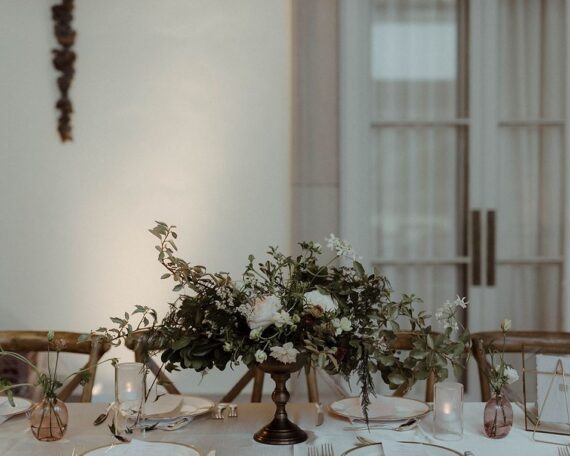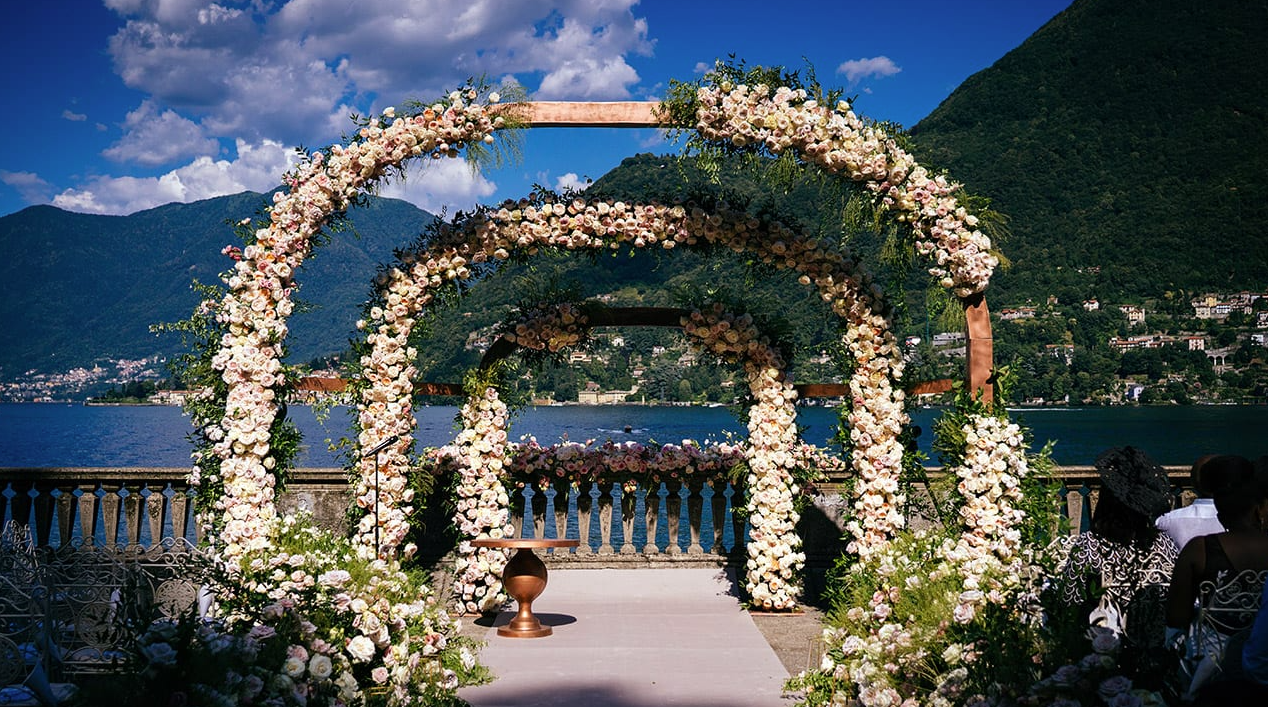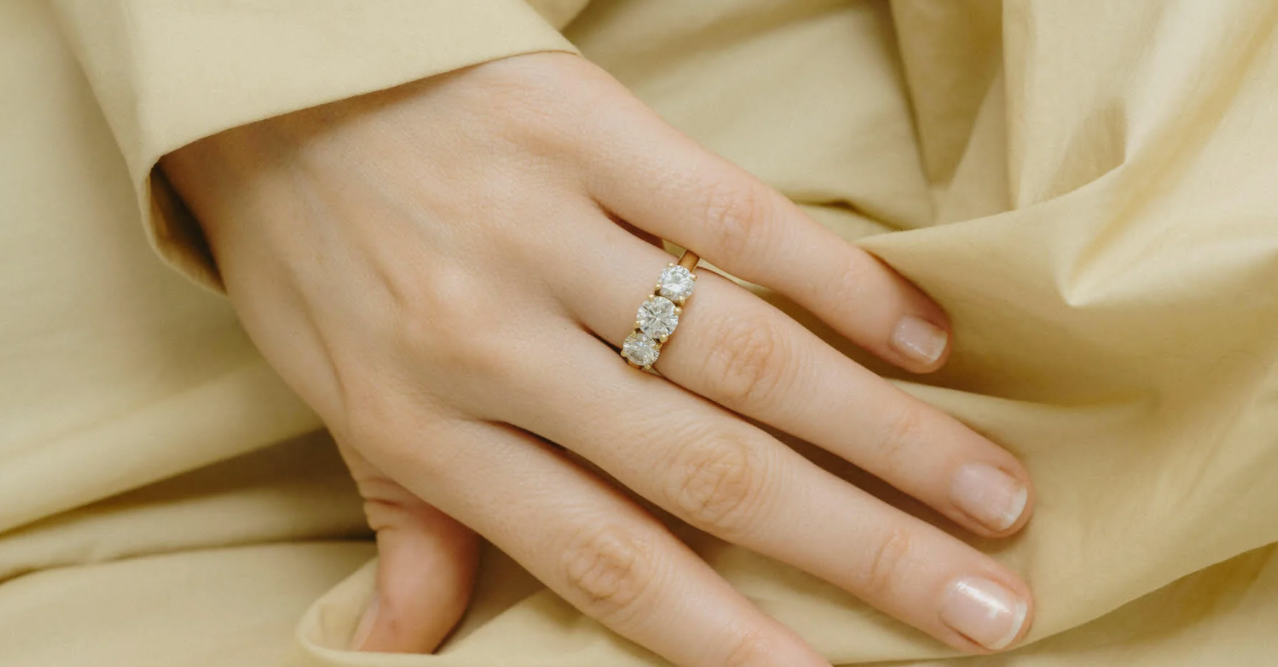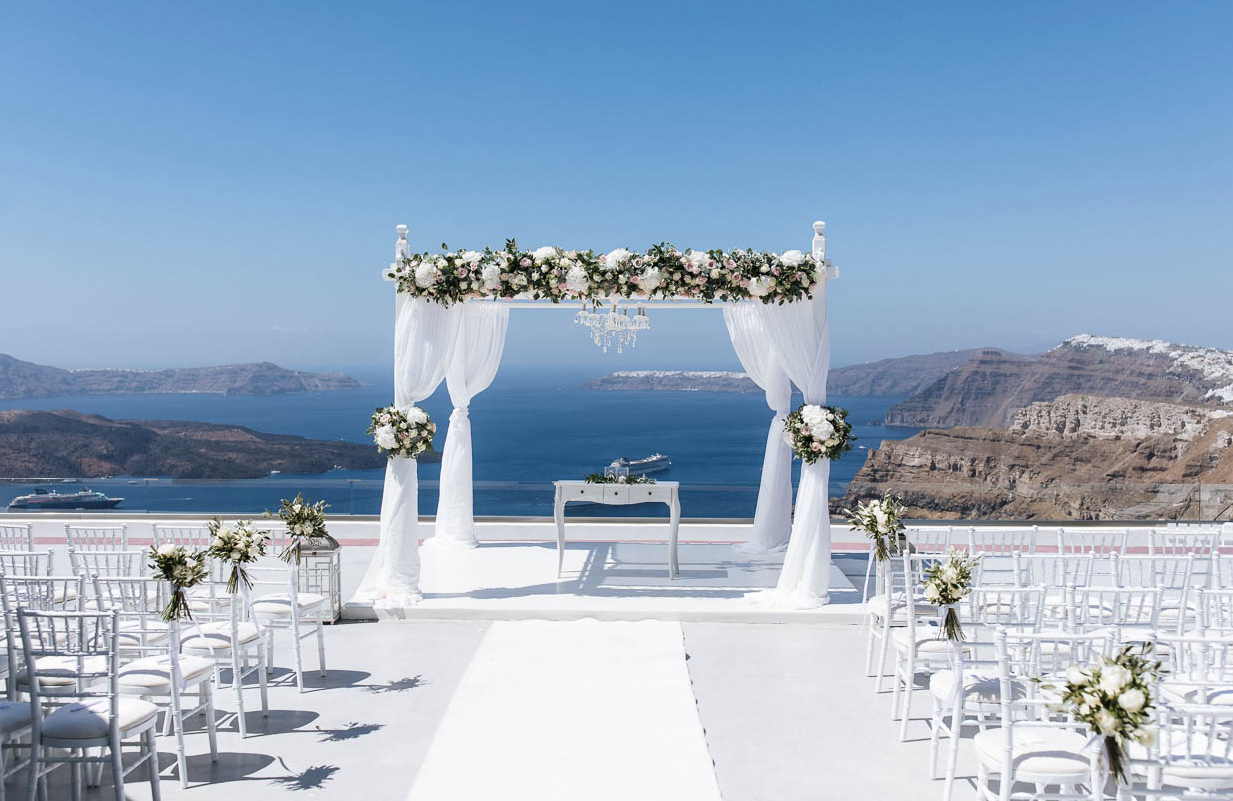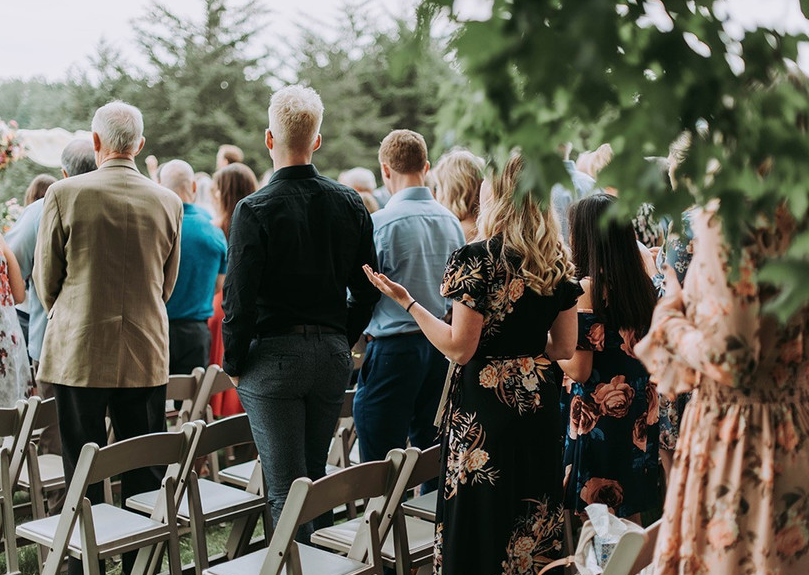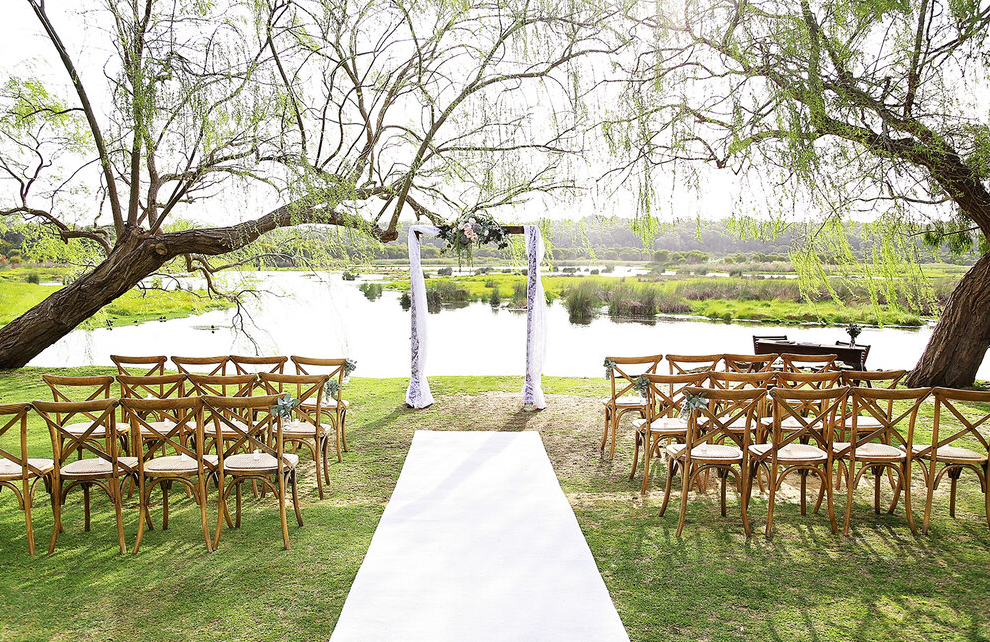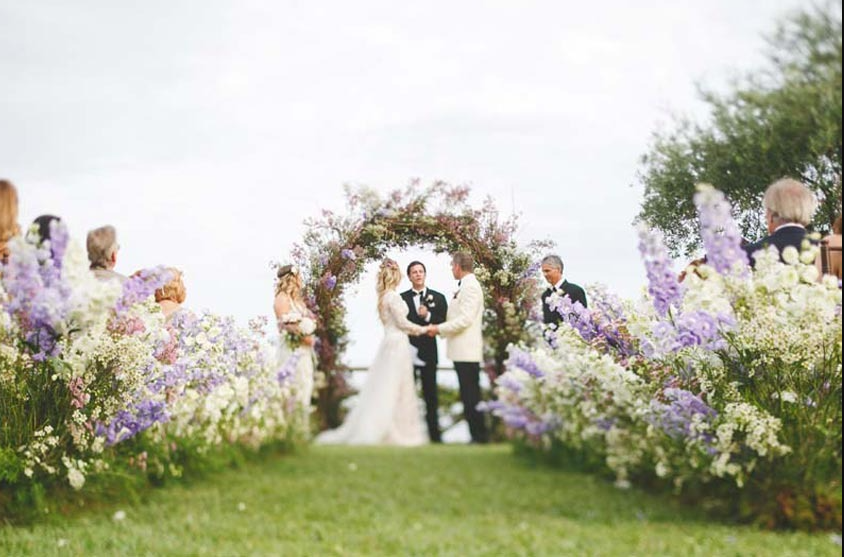Confidence on Your Big Day: Exploring Non-Invasive Body Contouring Options for Brides
Your wedding day is one of those pivotal moments in life when you want every detail to be perfect, including how you feel and look in your dream dress. It’s not just about the aesthetics; it’s about stepping into a new chapter of your life with confidence, radiance, and the kind of self-assurance that shines from within. In the pursuit of feeling your absolute best, non-invasive body contouring has emerged as a beacon of hope for many brides-to-be, offering a way to fine-tune those areas that might not respond to traditional diet and exercise, without surgical options’ commitment and recovery time.
Non-invasive body contouring is an umbrella term for a variety of treatments designed to reshape and refine your physique, focusing on fat reduction, skin tightening, and muscle enhancement, all without going under the knife. These treatments have gained immense popularity for their efficacy, minimal downtime, and lower risk of complications compared to their surgical counterparts. From cryolipolysis (commonly known as fat freezing) to laser lipolysis and radiofrequency treatments, the options are vast and varied, catering to a wide range of needs and goals.
This blog post aims to demystify the world of non-invasive body contouring for brides, offering insights into the most popular treatments available, what to expect from each, and how to choose the right option for your specific desires. Whether you’re looking to smooth out a certain area, tighten loose skin, or enhance muscle tone, there’s likely a non-invasive solution that can help you feel like the best version of yourself on your big day. So, let’s embark on this journey together, exploring how modern advancements in cosmetic treatments can play a role in your wedding preparation, ultimately leading you to walk down the aisle with poise, joy, and unparalleled confidence.
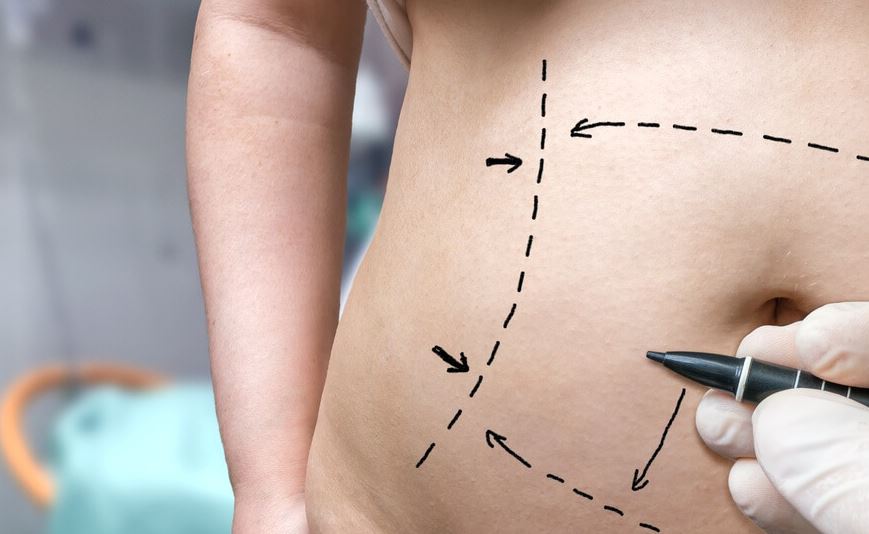
Understanding Non-Invasive Body Contouring
Non-invasive body contouring refers to a collection of procedures aimed at reshaping and refining the body’s contours through the reduction of fat and, in some cases, tightening of the skin, without making any cuts or incisions. This is in stark contrast to invasive cosmetic surgeries like liposuction, which require incisions and general anaesthesia and carry a higher risk of complications and a longer downtime for recovery.
The appeal of non-invasive methods lies in their numerous advantages:
- These procedures are characterised by their quick recovery times, often enabling individuals to resume their regular routines almost immediately.
- They carry a substantially reduced risk of adverse effects like infections, scarring, and extended swelling compared to their surgical counterparts.
- These treatments can be precisely targeted, offering customization that can cater to individual needs and desired outcomes.
Non-invasive body contouring works through various mechanisms, depending on the specific technology used. These treatments can target fat cells, stimulate collagen production, or enhance muscle tone. The goal is to reshape and contour the body in an aesthetically pleasing and natural-looking way.
Popular Non-Invasive Body Contouring Options
Cryolipolysis: Cryolipolysis, widely known as fat freezing, is a revolutionary procedure that targets and eliminates fat cells by freezing them. This process induces cell death in the fat cells, which are then naturally processed and expelled by the body over time. It’s particularly effective for treating abdomen, thighs, and flanks. Patients can expect a gradual reduction in fat layers, with results becoming more noticeable in the weeks following the treatment at fat freezing clinics.
Laser Lipolysis: Laser lipolysis employs precise laser beams to dismantle fat cells, which the body then processes and removes naturally. This method focuses primarily on reshaping and defining areas such as the arms, abdomen, and thighs rather than on reducing overall weight. Patients can expect a rapid recovery from laser lipolysis, with minor side effects like redness and sensitivity typically resolving swiftly.
Radiofrequency Treatments: Radiofrequency treatments are known for their dual action: fat reduction and skin tightening. By delivering controlled heat deep into the skin, these treatments stimulate collagen production, leading to firmer, more youthful-looking skin. The procedure is commonly applied to the face, neck, abdomen, and arms, offering a non-surgical alternative for skin tightening and fat reduction with minimal downtime.
Ultrasound Fat Reduction: This method uses ultrasound waves to target and disrupt fat cells, leading to their natural elimination from the body. It’s an effective option for reducing fat in stomach and thighs. Unlike other treatments, ultrasound fat reduction focuses on deep, stubborn fat, offering another layer of customization in body contouring.
EMS (Electromagnetic Muscle Stimulation): EMS is a novel approach that reduces fat and builds muscle mass. EMS treatments can enhance muscle tone and strength by inducing rapid muscle contractions, particularly in the abdomen and buttocks. This option is perfect for brides seeking a more toned and defined physique for their big day.
Choosing the Right Option for You
Selecting the most suitable non-invasive body contouring treatment involves considering various factors. The importance of aligning treatments with your personal aesthetic objectives cannot be overstated; whether your aim is to reduce persistent fat areas, firm up sagging skin, or improve muscle definition, a customised approach awaits to meet your aspirations. Budget also plays a crucial role, as the cost of these treatments can vary widely. Additionally, the timeline until your wedding or significant event will dictate the feasibility of certain options, given the varying timeframes needed to see full results.
Consulting with a professional is critical to tailoring a treatment plan that aligns with your goals, budget, and timeline. A qualified practitioner can provide a thorough assessment and recommend a combination of treatments to achieve optimal results. Sometimes, combining different technologies, like fat reduction with skin tightening procedures, can lead to a more comprehensive and satisfying outcome.
Preparing for Your Treatment
Embarking on a non-invasive body contouring journey requires preparation to ensure the best possible outcomes. A crucial step is staying hydrated; adequate water intake is essential for maintaining optimal body function and can also facilitate the elimination of fat cells post-treatment. Equally important is adhering to a balanced diet rich in nutrients can support skin elasticity and overall health, laying a solid foundation for your treatments.
Setting realistic expectations is another key aspect of preparation. While non-invasive body contouring can produce significant improvements in body shape and skin texture, it’s vital to clearly understand what these treatments can and cannot achieve. Consulting with professionals provides clarity on expected outcomes and ensures that any pre-treatment advice specific to the chosen method is followed accurately. This advice may include avoiding certain medications or supplements that could increase the risk of bruising, or recommendations on skin care.
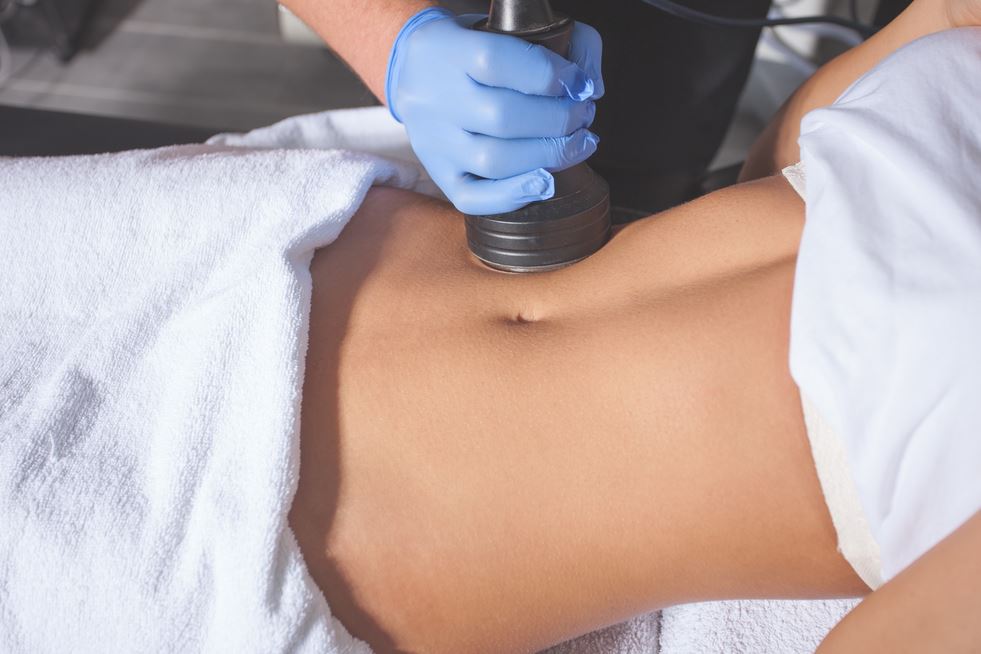
Aftercare and Maintaining Results
Aftercare is integral to the non-invasive body contouring process, with post-treatment care varying across different options. Common advice includes:
- Continuing to stay hydrated.
- Monitoring for any unexpected reactions.
- Adhering to the specific instructions provided by your healthcare practitioner, including steering clear of sun exposure on treated regions or limiting certain physical activities, is crucial.
Committing to a lifestyle that includes consistent physical activity and a nutritious diet is essential for maintaining the enhancements achieved through treatment over the long haul. These practices help maintain the outcomes and enhance them, especially when treatments like EMS are used to improve muscle tone. Remember, non-invasive body contouring is not a substitute for weight loss or a healthy lifestyle but complements a well-rounded approach to health and wellness.
Embracing a positive mindset about your body is also crucial. These treatments can offer significant improvements, but true satisfaction comes from within. Celebrating each step of your journey and embracing the changes with a positive outlook can significantly impact your overall satisfaction and confidence levels.
Feeling confident and comfortable in your skin, particularly on such a monumental day as your wedding, is invaluable. Non-invasive body contouring presents a pathway to achieving that confidence by enhancing your natural shape and addressing areas of concern without surgical intervention. Considering these options, it’s essential to carefully evaluate what each treatment entails, the preparation and aftercare involved, and the long-term commitment to maintaining results.
Consulting with experts in the field is indispensable, offering you personalised advice and ensuring that your decisions are informed and aligned with your goals. Remember, the journey to self-love and body confidence is as much about how you feel inside as how you look outside. Non-invasive body contouring can be a powerful tool in that journey, helping you to feel your best on your wedding day and beyond.
As you move forward, remember that the most important outcome is how you feel about yourself. Embrace the journey, celebrate your decisions, and let your confidence shine through on your big day and every day.


